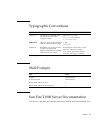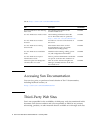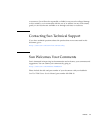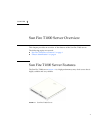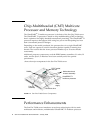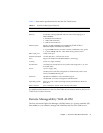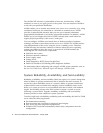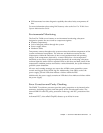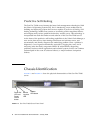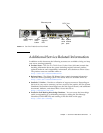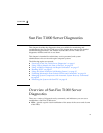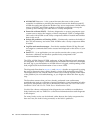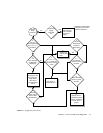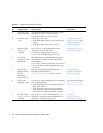
Chapter 1 Sun Fire T1000 Server Overview 5
■ PSH automated run time diagnosis capability that takes faulty components off
line.
For more information about using RAS features, refer to the Sun Fire T1000 Server
System Administration Guide.
Environmental Monitoring
The Sun Fire T1000 server features an environmental monitoring subsystem
designed to protect the server and its components against:
■ Extreme temperatures
■ Lack of adequate airflow through the system
■ Power supply failure
■ Hardware faults
Temperature sensors throughout the system monitor the ambient temperature of the
system and internal components. The software and hardware ensure that the
temperatures within the enclosure do not exceed predetermined safe operating
ranges. If the temperature observed by a sensor falls below a low-temperature
threshold or rises above a high-temperature threshold, the monitoring subsystem
software lights the amber Service required LEDs on the front and back panels. If the
temperature condition persists and reaches a critical threshold, the system initiates a
graceful system shutdown.
All error and warning messages are sent to the ALOM system controller system
console and logged in the ALOM log file. Additionally, some FRUs such as the
power supply provide LEDs that indicate a failure within the FRU.
Additionally, the power supply contains an LED that is lit to indicate a failure within
the power supply.
Error Correction and Parity Checking
The SPARC T1 multicore processor provides parity protection on its internal cache
memories, including tag parity and data parity on the D-cache and I-cache. The
internal 3MB L2 cache has parity protection on the tags, and ECC protection of the
data.
Advanced ECC, also called Chipkill, detects up to 4-bits in error.



